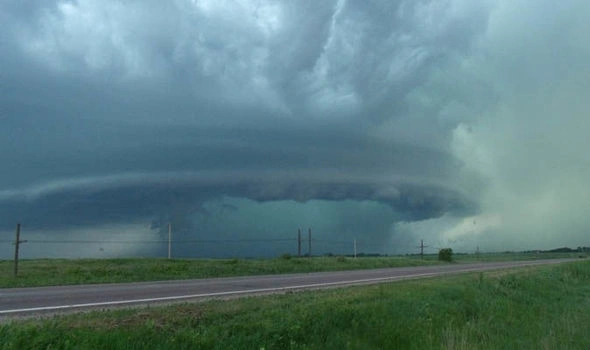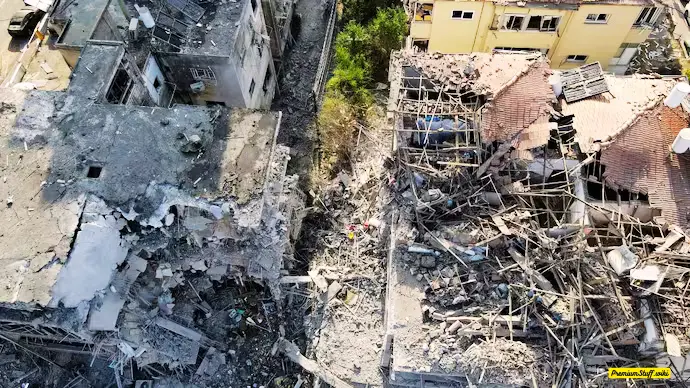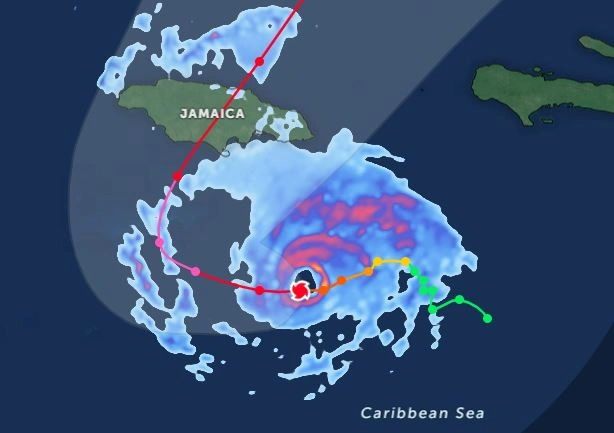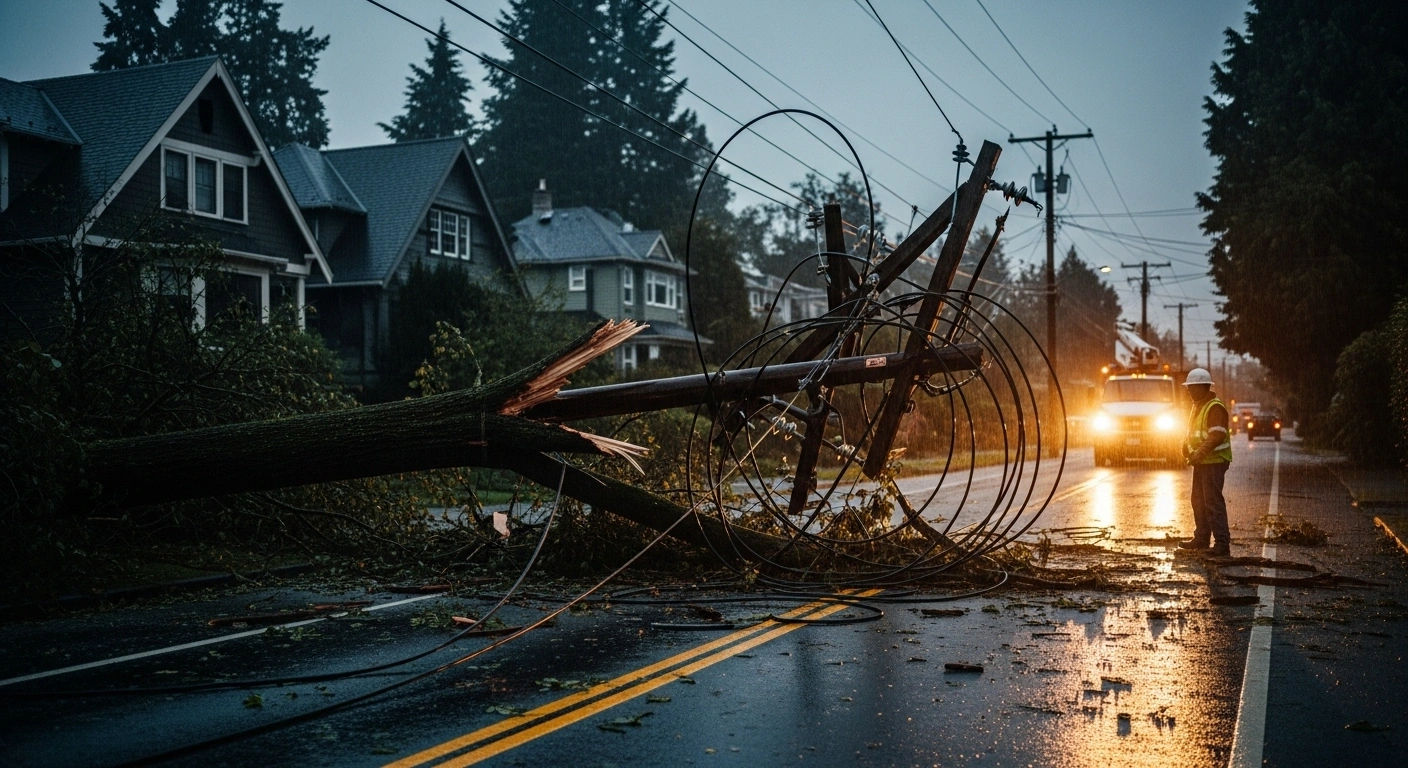Magnitude 3.0 Earthquake Rattles East Bay Near Dublin
Residents Awakened as Minor Temblor Strikes Late Monday Night
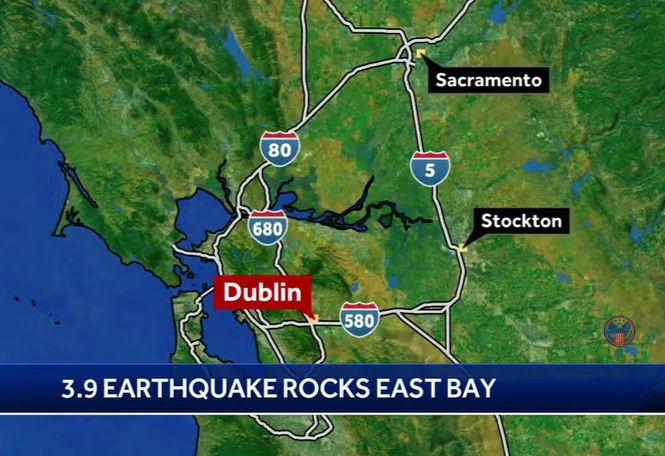
The Night That Shook the East Bay
A sudden jolt startled East Bay residents just before bedtime Monday night when a magnitude 3.0 earthquake struck near Dublin at 10:55 p.m. According to the U.S. Geological Survey (USGS), the epicenter was located 3.2 miles west of Dublin at a relatively shallow depth of 6 miles, amplifying the shaking across densely populated neighborhoods.
Despite no immediate reports of damage or injuries, the tremor sent ripples of alarm through communities from Martinez to Fremont. Oakland resident Lena Torres described the moment: “I was reading in bed when everything vibrated for a split second—like a train passing too close. My heart hasn’t stopped pounding.”
What We Know About the Quake
Epicenter and Intensity
The quake’s location places it near the volatile Calaveras Fault system, a lesser-known but active branch of the San Andreas network. Shaking was reported as far as San Ramon, Hayward, and Concord, with the USGS’s “Did You Feel It?” system logging over 73 responses within hours.
Seismologists classified the event as a typical “stress release” for the region. “This is the Earth’s background noise,” said Dr. Ellen Chu, a geophysicist at UC Berkeley. “But it’s a crucial reminder: Our faults are always moving.”
Why Small Quakes Matter
Geological Context
While minor, this tremor follows a pattern of heightened activity in the East Bay this year. In March, a magnitude 3.9 quake near Dublin generated over 12,000 felt reports and caused brief BART delays 6. Monday’s event, though smaller, tapped into the same fault segment.
Data shows the Bay Area averages 10–15 quakes between magnitudes 3.0–4.0 annually. Yet, as USGS scientist Robert DeGroot notes, “Each one teaches us about pressure buildup on faults like Hayward, which hasn’t ruptured since 1868”.
Human Impact: Sleepless Nights and Anxious Days
For lifelong residents like Castro Valley’s Miguel Ruiz, the quake evoked uneasy memories. “I grabbed my kids and stood in a doorway. We’ve drilled for this, but when it happens—your gut drops.” Others took darkly comedic relief online; one Twitter user posted: “3.0 in the Bay Area? That’s just your roommate slamming the door.”
No infrastructure damage was reported, though Dublin’s police department fielded dozens of calls from rattled citizens.
Preparing for the “Big One”
Expert Recommendations
- Drop, Cover, Hold On: Secure yourself immediately during shaking.
- Emergency Kits: Store 2+ weeks of water/food (experts urge longer supplies due to supply-chain risks).
- Secure Space: Anchor heavy furniture—a top injury source in moderate quakes.
California’s Office of Emergency Services stresses that magnitude 3.0 quakes are “nature’s wake-up calls.” As Hayward Fault’s next major rupture could impact 5 million people, preparedness is nonnegotiable.
The Science of Significance
Why wasn’t this temblor deemed “significant”? The USGS uses a complex formula weighing magnitude, public responses, and potential damage. Monday’s quake scored low due to its modest size and minimal impacts—unlike March’s 3.9 event, which triggered a yellow PAGER alert.
Final Thoughts: Living on Shaky Ground
As dawn broke Tuesday, East Bay residents resumed routines—but with renewed vigilance. “It’s easy to forget we live on tectonic eggshells,” said Dublin Mayor Melissa Hernandez. “Let this shake us into readiness.”
The USGS estimates a 72% chance of a magnitude 6.7+ quake striking the Bay Area before 2045. For now, this minor tremor remains a whisper from faults beneath our feet, urging action before the next roar.

